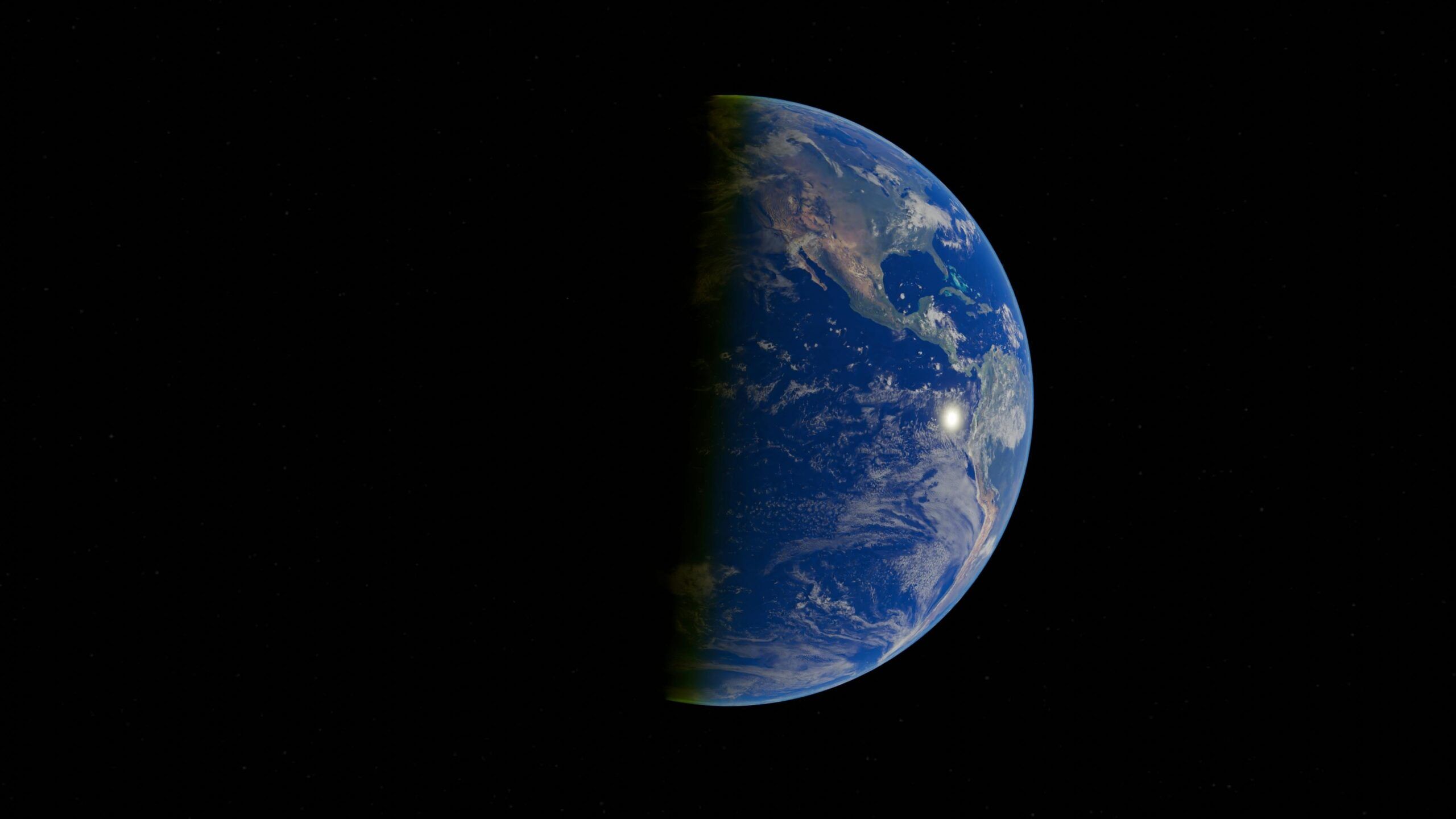Scientists forecast a slightly shorter day due to subtle planetary changes
Researchers monitoring Earth’s rotation predict that July 22 might be a fraction of a second shorter than usual, possibly by about one millisecond. This forecast comes from the International Earth Rotation and Reference Systems Service, which tracks variations in Earth’s spin.
Tiny shifts in rotation are part of a long-known pattern
Rotational fluctuations are not new. On July 9, Earth’s rotation shortened the day by nearly 1.4 milliseconds. Despite recent media attention to “unusually short” days, scientists see these shifts as part of normal variability influenced by various factors.
These include the gravitational pull of the Moon, atmospheric pressure, wind patterns, and the movement of the Earth’s liquid core. Dennis McCarthy, a former official at the U.S. Naval Observatory, emphasizes that such variations have been observed for over a century.
How scientists monitor Earth’s spin
Modern methods involve pointing radio telescopes at quasars—extremely distant celestial objects—to detect fixed spatial points. Combined with GPS data, this information feeds global systems that predict day length, including the U.S. Naval Observatory.
Could timekeepers one day subtract a second?
In the past, leap seconds have been added to synchronize atomic time with Earth’s gradually slowing spin. Recent rapid rotations raise the possibility of implementing negative leap seconds, effectively subtracting time—an idea that, while theoretically possible, remains unlikely.
Climate change’s emerging influence on day length
Beyond natural factors, climate change is emerging as a contributor. Melting ice caps redistribute water toward the equator, which could slow Earth’s rotation. Some scientists suggest that, in extreme cases, this effect might eventually extend days by milliseconds, positioning human activity as a new driver of rotational changes.







